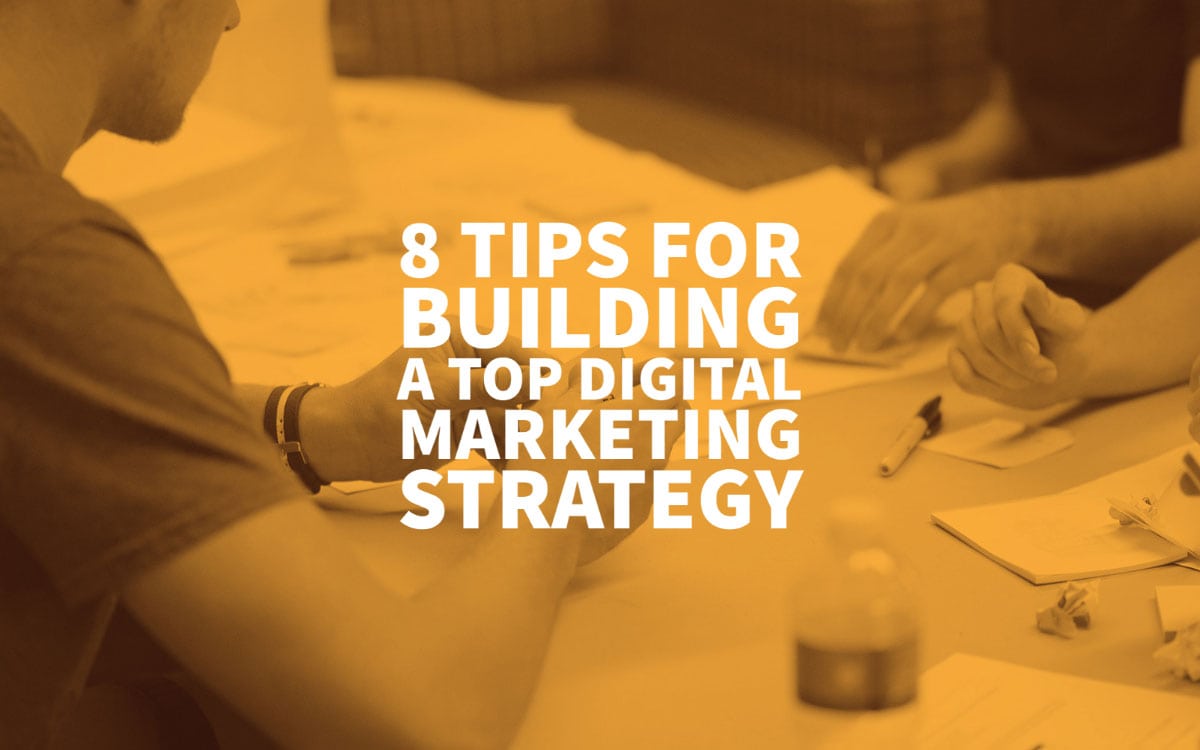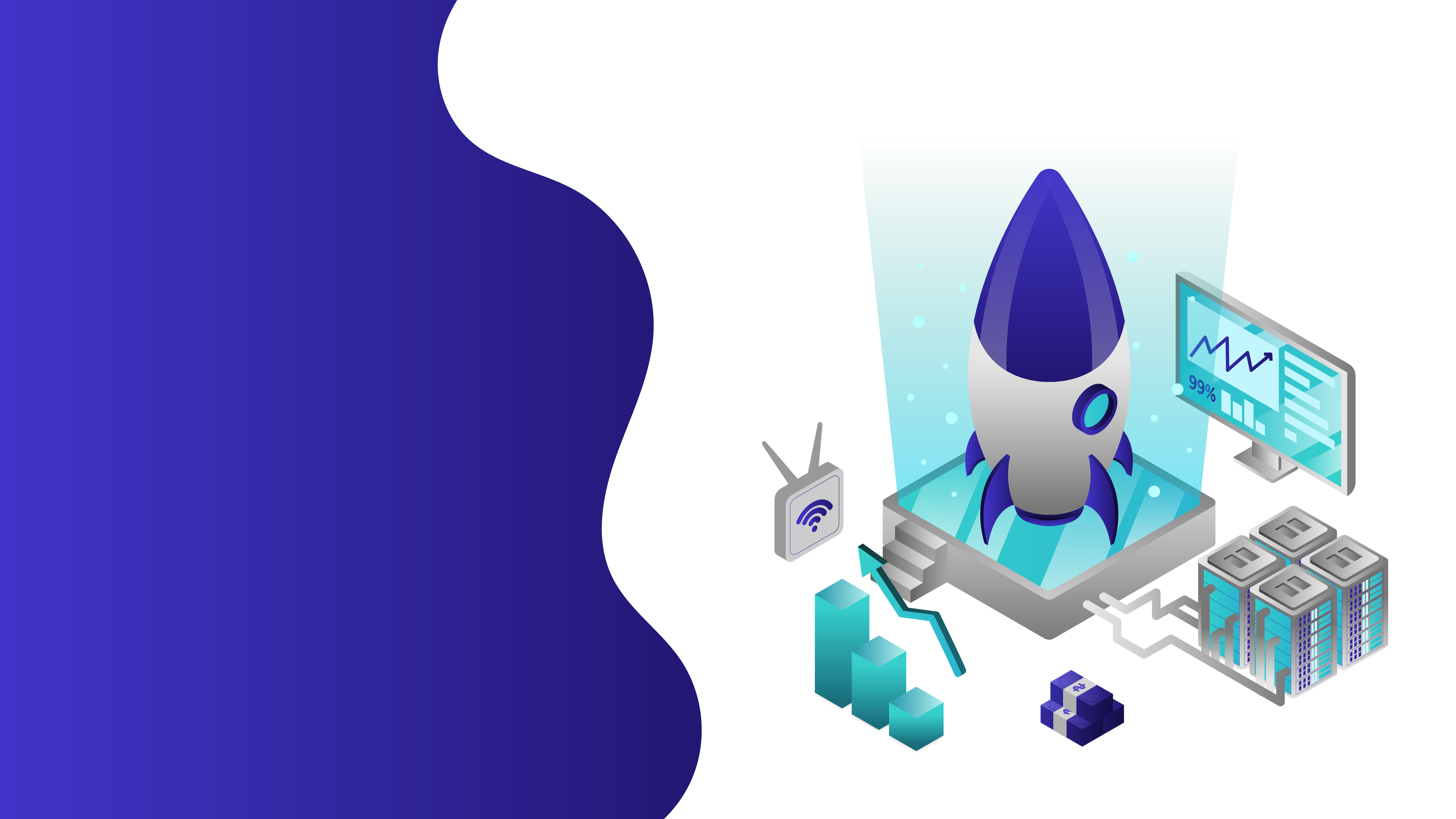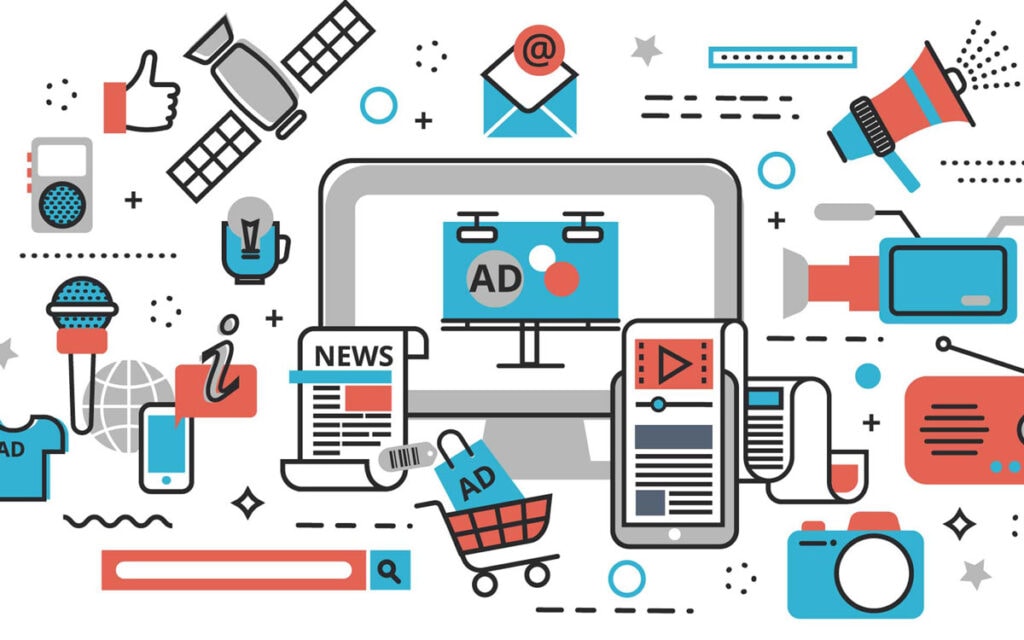
28 Dec 8 Tips For Building A Top Digital Marketing Strategy
8 Tips For Building A Top Digital Marketing Strategy
There is no denying that digital marketing has outshined traditional methods of marketing.
After all, consumers and businesses are always on the internet now than ever.
But almost 49% of businesses are doing digital marketing, without a strategy.
Perhaps, building a digital marketing strategy is no easy task?
We will find out.
Keep reading to learn more.
Today, traditional advertising is no longer as effective, and businesses worldwide embrace digital marketing or internet marketing to reach customers globally.
But there is a challenge.
How do you create an excellent digital marketing strategy?
To reach and connect with your target customers, you need to select the right digital marketing strategy.
The good news is that it’s easy to get started with digital marketing.
In this article, you’re going to learn some practical tips to help you build a powerful digital marketing strategy from scratch.
But before let’s ensure we’re on the same page.
What is Digital Marketing?

According to MyAssignmentHelp, digital marketing involves using electronic devices (mobile phones, tablets, desktop computers, etc.) and the internet to promote your business to your local and international customers.
Often, digital marketing happens via digital channels like search engines, social media, websites, etc.
To achieve success in today’s digital world, every business needs to connect with prospective customers where they spend most of their time, at the right time, and promoting products or services they are interested in.
Businesses can use different digital marketing forms such as search engine optimisation, content marketing, mobile marketing, email marketing, etc., to promote their brand and reach potential customers.
What Is A Marketing Strategy?
A marketing strategy is a plan of actions to achieve a specific and achievable goal (or goals).
It involves examining your business’s current state regarding the set goals; and what needs to be done to achieve success.
What Is Digital Marketing Strategy?
A digital marketing strategy is a plan of actions that encompasses online marketing channels (both free and paid) to achieve specific digital marketing goals.
As you can see, there is a difference between a marketing strategy and a digital marketing strategy, even though the terms are often used interchangeably.
Learning how to create a digital marketing strategy suitable for your business can put you on edge over the competition.
Below are some practical digital marketing tips for beginners to help you build the best digital marketing strategies and grow your business online.
1 – Identify Your Target Audience and What Motivates Them

Trying to sell to everyone will see you selling to none.
So, first things first, you want to identify your target customers and what’s making them buying from you.
Questions to ask yourself before building your digital marketing strategy:
- Who are the target customers?
- What motivates them to buy your products or use your services?
- Which digital platforms do they hang around most of the time?
- How do they interact with these channels?
- What products or services are they expecting to get from you?
To build effective digital marketing strategies, you need to create detailed and specific buyer personas.
To create detailed buyer personas, you need to conduct in-depth research, interview your target customers, or run surveys.
Remember that you can’t assume that your target audience is college-going individuals.
Avoid making assumptions about your business target audience to take your digital marketing strategy in the wrong direction.
Also, you want to be as specific and detailed as possible.
This involves gathering in-depth information about your target audience that informs your marketing strategy.
Depending on your business, gathering the following information could help you create buyer personas for your digital marketing strategy.
Location: Start by finding out the location of your target customers. You could use web analytics tools to identify the location of your website traffic.
Age: For some types of businesses, your target customers’ age may not be helpful, but it’s essential to know the age range of the customers you want to target so you can promote products they are likely to buy.
Income: You cannot promote expensive products to people who have a struggling income. Unfortunately, it’s not easy to determine your target customers’ income via online forms, so you need to interview your target customers.
Challenges: Identify your target audience’s pain points. You could use your sales and customer service reps or speak to the customers directly to find out their challenges.
Hobbies/Interests: Identify the interests or hobbies of your target customers. This will help to inform your content production and future partnerships.
Gathering all this valuable information could help you create accurate buyer personas for your digital marketing strategies.
2 – Identify Your Goals

As stated earlier, your digital marketing strategy is a plan of actions aimed at achieving specific and achievable goals via online platforms.
So, you want to determine what you want to achieve beforehand with your digital marketing campaign.
You also want to set goals that are aligned with your central business goals.
Examples of goals you could set for your digital marketing strategy could be:
- To build brand awareness.
- Generate leads.
- Increase email subscribers.
- Increase online revenue by a certain percentage.
Whatever your goals are, you need to ensure they are as specific and achievable as possible.
You also need to outline the specific steps you’ll take to achieve each goal you set.
Besides identifying goals, you also want to decide how you’re going to measure your strategy’s success and the digital marketing tools you’ll need in the process.
Working with the right tools will help you determine what’s working and what’s not so you can tweak and improve your strategy accordingly.
3 – Evaluate Your Current Digital Platforms
This is where you review your existing digital marketing channels- owned, earned, and paid media.
When it comes to owned media, you want to evaluate the digital channels you own, for instance, your business’ website, social media accounts, blog, content published on your(and on other blogs), etc.
Earned media includes exposure you obtain either through word-of-mouth, PR work, guest posts, etc.
Earned media could also involve positive reviews of your brand left on other platforms, press mentions, etc.
Paid media refers to any means you spend money on to make your brand known to your target customers.
This could include paid social media posts, Google AdWords, or any form of exposure you gain in exchange for money.
4 – Use SEO and Content Marketing
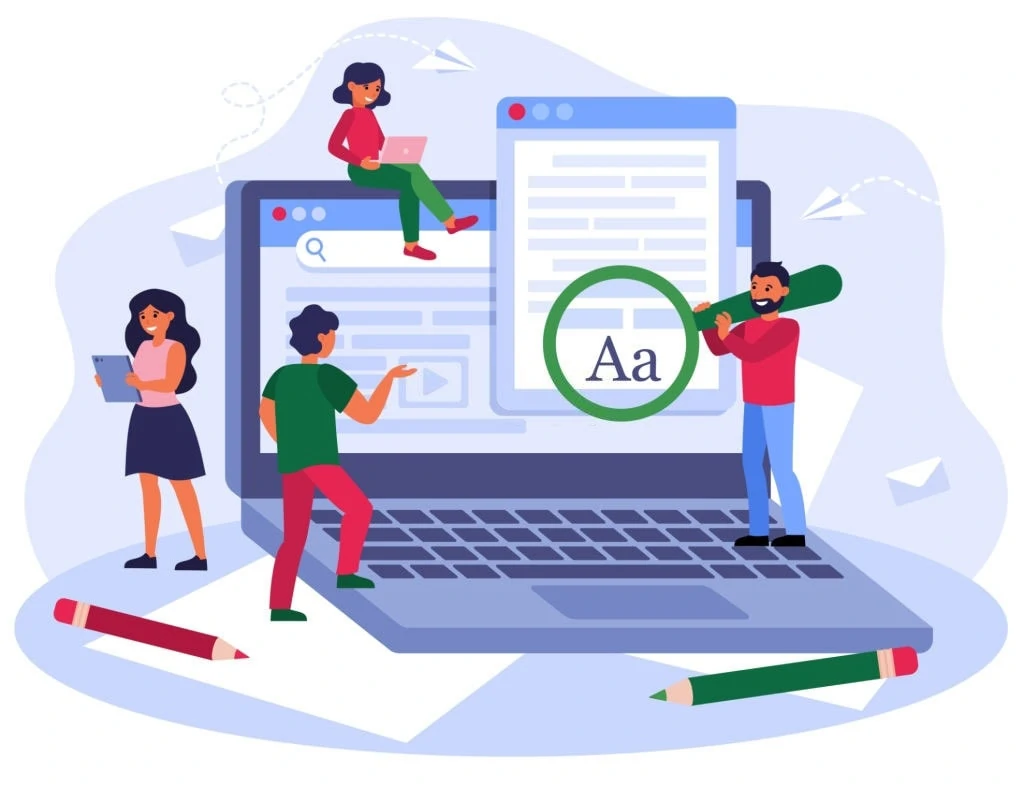
SEO and content marketing are two essential components of every successful digital marketing strategy.
Without SEO, there is no content marketing.
So you have to combine the two forms of digital marketing.
And when it comes to reaping big with SEO, you need to distribute great content tailored to your target audience, which helps solve a problem they are facing.
A good rule of thumb is to distribute various types of content such as audio, visual, infographics, etc., to cater to all of the target customers.
Use the following points to up your SEO game:
Distribute more content: In today’s digital world, every online business understands the importance of creating and distributing content.
60% of marketers create content each day.
It’s safe to say that everyone is doing content marketing.
And when it comes to SEO, everyone is doing it.
To help put your business on the edge of the competition, you need to distribute better and more content.
As a rule, you need to publish new content at least once per week to increase ROI.
Make sure you focus on quality and quantity at the same time.
Share valuable content: You also need to share informative and entertaining content that encourages people to take action.
Your content should encourage people to comment, subscribe to your email list, or hit the share button.
Create original content: When it comes to creating content for your digital marketing strategy, you need to give your target audience something they haven’t found anywhere else.
Of course, you’re going to use other online sources to create your content, but make sure you share something useful, compelling, and original.
If you cannot create audio, video, or text content by yourself, you can hire an expert to take care of your content creation work.
Besides distributing your own content, you need to share other people’s content.
5 – Build Your Online Presence on Relevant Platforms
To maximise your digital marketing strategy’s success, you’re going to need to have a visible presence on social media platforms that matter.
Even though you need to make sure your target customers find you online, you don’t need to be present on all social media platforms.
There are plenty of social media channels out there with great potential for your digital marketing strategy, but you don’t need them all.
You want to be present on networks that your customers hang around most of their time.
You could ask your prospective customers directly or do your research.
6 – Determine How You Will Achieve Your Goals
Identifying goals for your digital marketing strategy is one thing, and achieving them is another.
Once you have identified your target audience, created buyer personas, and set specific goals to be achieved, the next step is to develop specific strategies to help you achieve those goals.
Your specific strategies could be:
- Placing CTAs at the end of your blog posts encourages people to take particular actions after consuming your content.
- Distributing your own or other company’s content to build brand awareness.
You need to make sure your strategies are as specific as possible as well.
7 – Use Other Traffic Sources
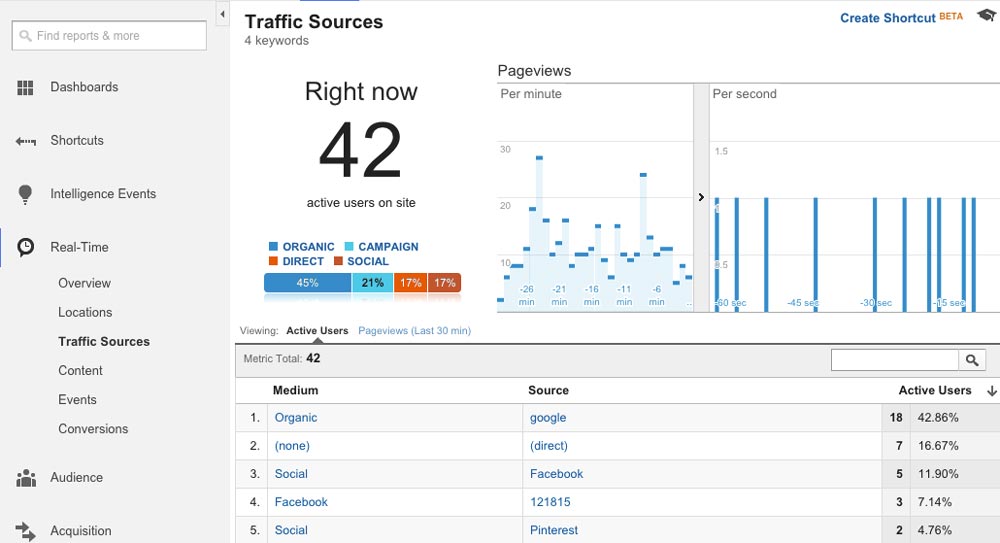
When it comes to building a top digital marketing strategy, you have many channels to take advantage of than you can imagine.
Here are some of the digital marketing channels you can explore today:
- Optimisation of content for voice search.
- Tiktok.
- Google Discover Ads.
- Optimisation of content for Google rich snippets.
- Google Shopping Search.
Arguably, these are the latest channels that haven’t been explored like the established channels we all know so you can reap big with them.
Try one channel at a time to see which one generates better results before you explore them thoroughly.
8 – Retarget and Personalise
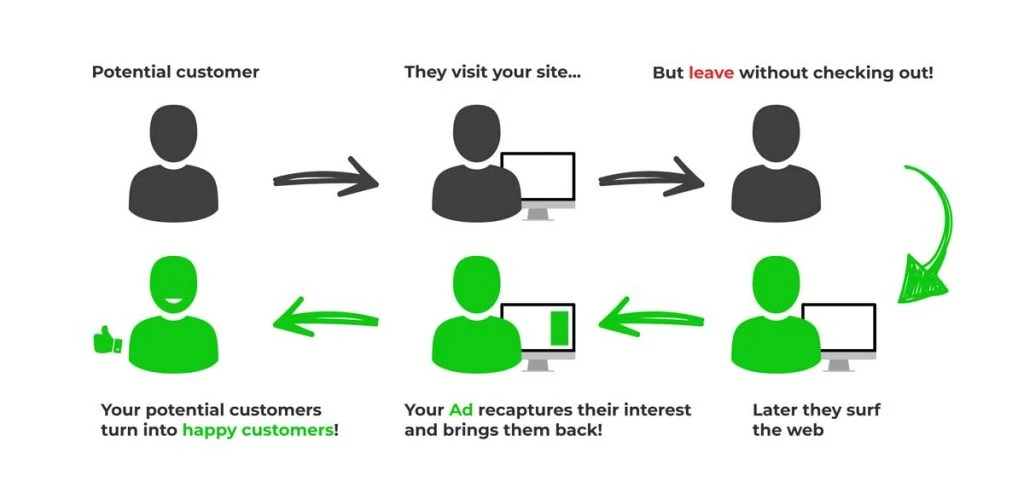
All the tips shared above are related to building a digital marketing strategy to connect with more customers who don’t know more (or know nothing about your brand).
You could also target people that are already aware of your brand but aren’t buying from you.
This is what’s known as ‘retargeting’.
Retargeting could involve displaying specific ads to people who come to your website but didn’t take any action as per your CTAs.
You need to make sure your ads are only displayed when certain people take specific actions.
For instance, you could set ads to appear if a person adds items to their shopping carts but didn’t complete the checkout process.
This could involve giving them an incentive so they can complete the checkout process.
Remember that retargeting and personalisation should be included in your digital marketing strategy’s early stages to increase ROI, assuming you spend money on paid ads or SEO.
Monitor the Performance of Your Digital Marketing Strategy
Last but not least…
You can call this the troubleshooting stage of your digital marketing strategy as it involves evaluating your strategy’s performance at every step.
The last mistake you want to make is to execute a strategy that doesn’t bring results only to come and realise later that you could have fixed up things along the process.
So you want to assess how your strategy is performing at every stage.
Remember that since your digital marketing strategy involves a collection of elements, platforms, and multiple campaigns, it can be tricky to assess how it’s working.
This is where digital marketing tools like Google Analytics, and many others become helpful.
Of course, each digital platform and channel has its analytics tools, but with Google Analytics, you can find out how people interact with your campaigns and whether you’re reaching your goals.
Remember, no matter your goals, the last thing you want from your digital marketing strategy is to generate leads or sales.
Google Analytics will help you know whether your strategy is lacking anywhere so you can adjust accordingly.
